

Virtual Tour
Below is a small sampling of the displays and artifacts that can be found in the Heritage Building.
Fairbanks Gallery of Sacred Sculpture




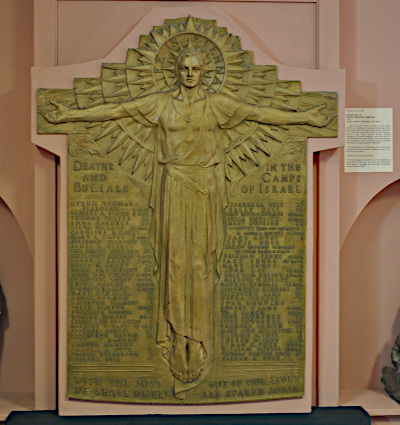

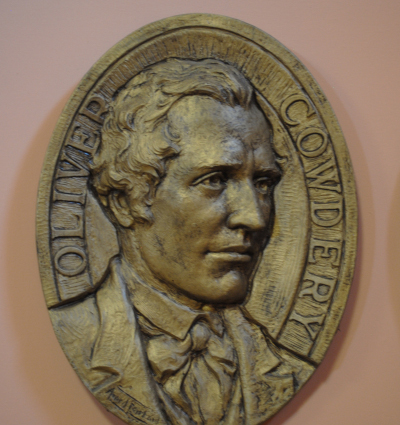
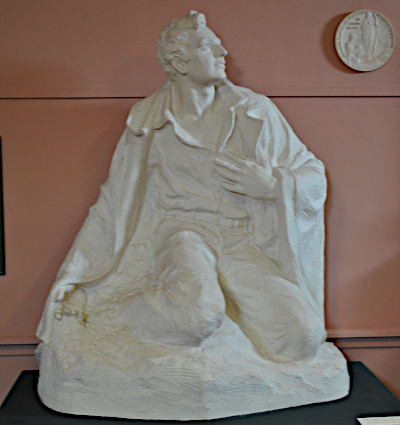
Graham Gallery of Miniatures
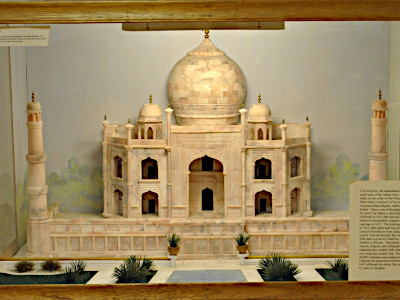
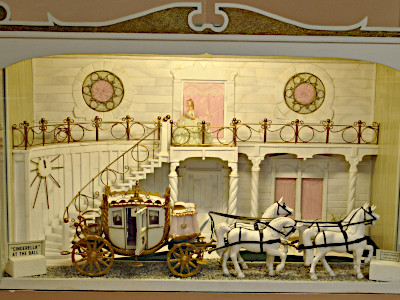
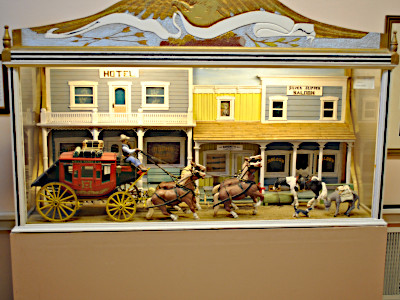
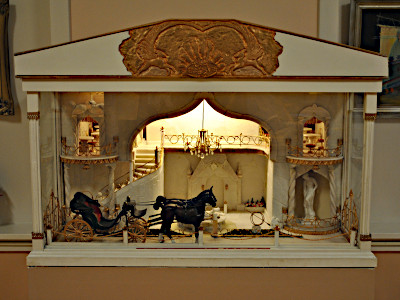
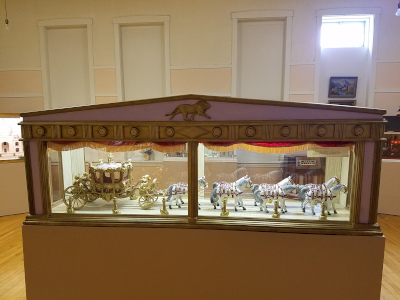
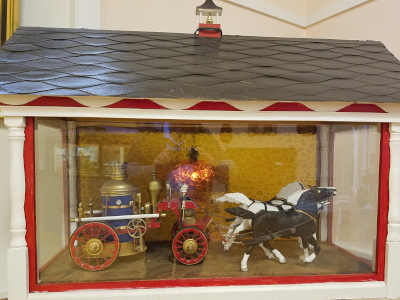
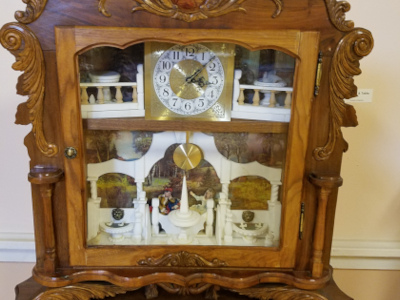
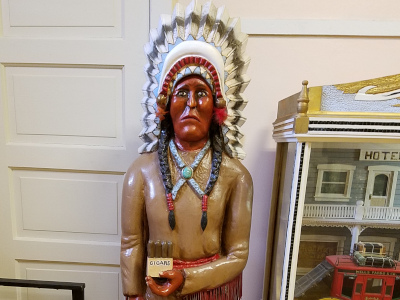
Sanderson Gallery of Gracious Living
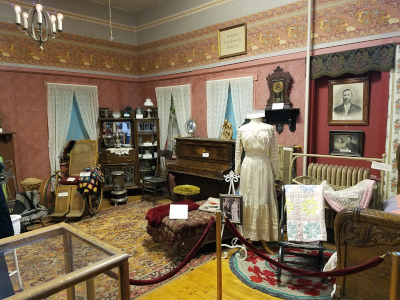

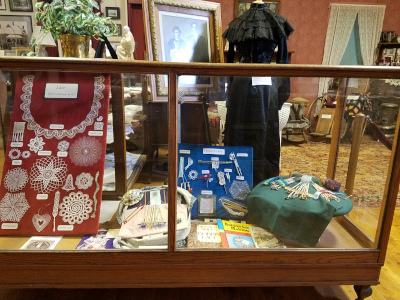
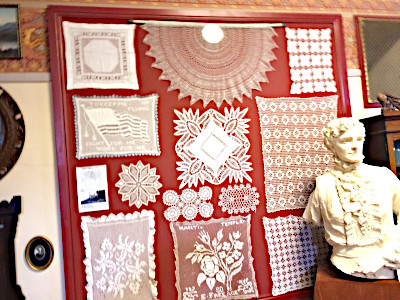
Vance Gallery of Historical Portraits
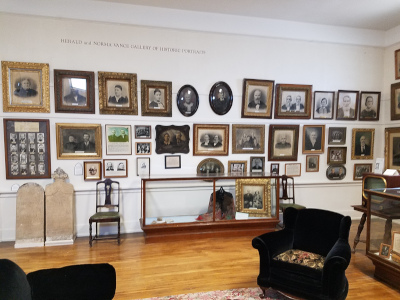

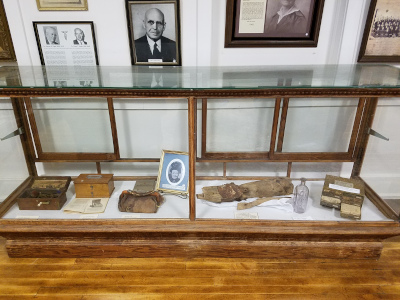
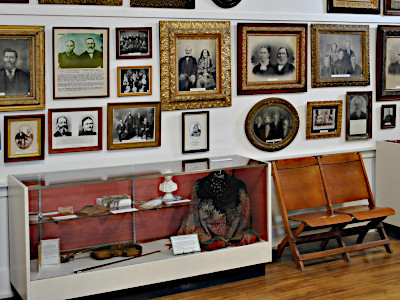
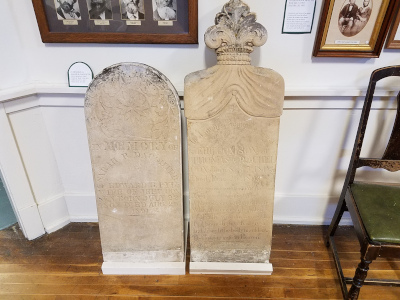
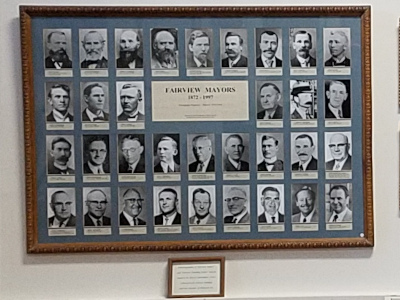
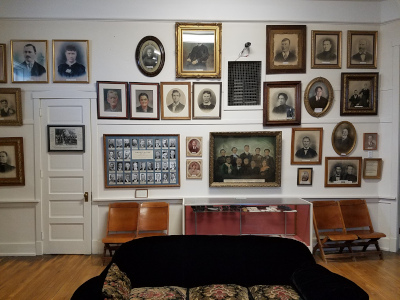

Military Gallery


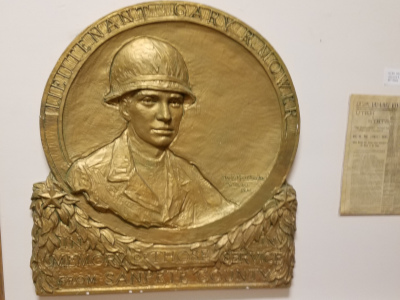
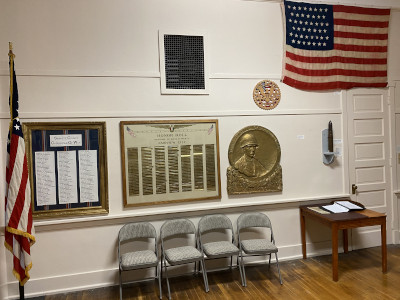
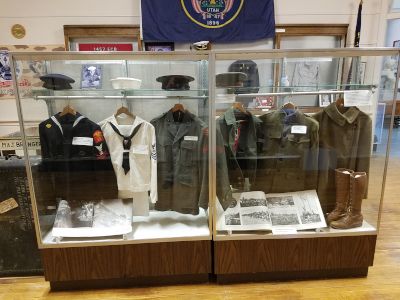
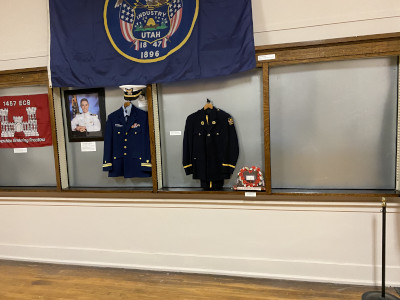
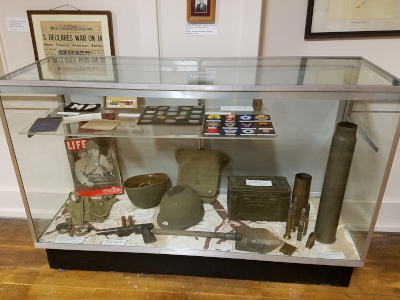
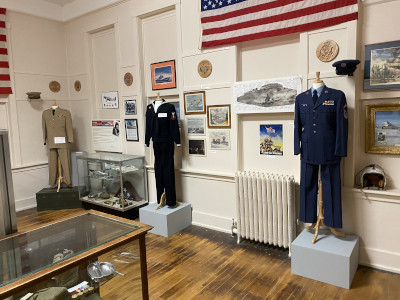
Children's Gallery

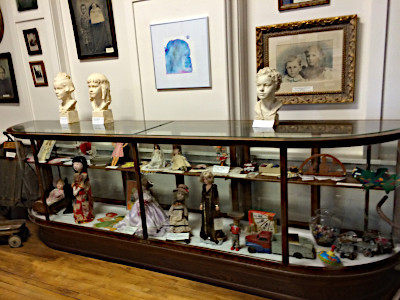
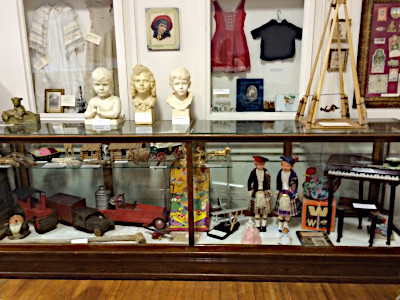

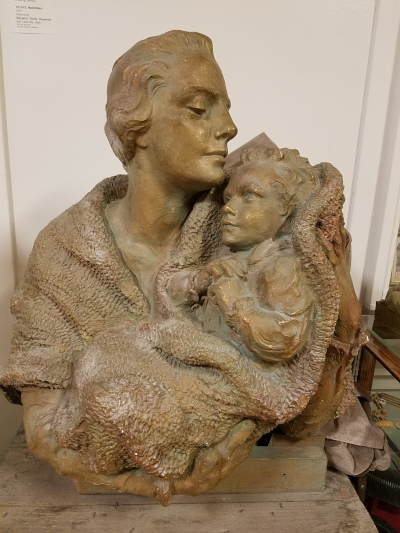
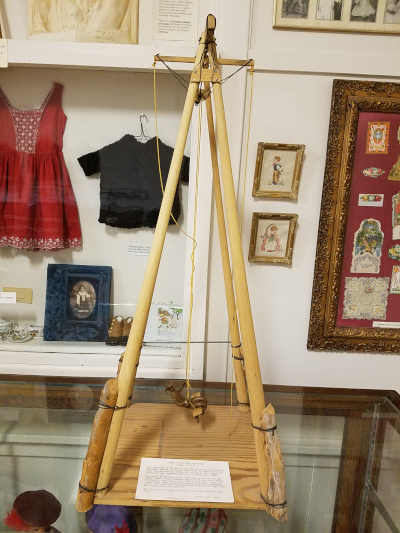
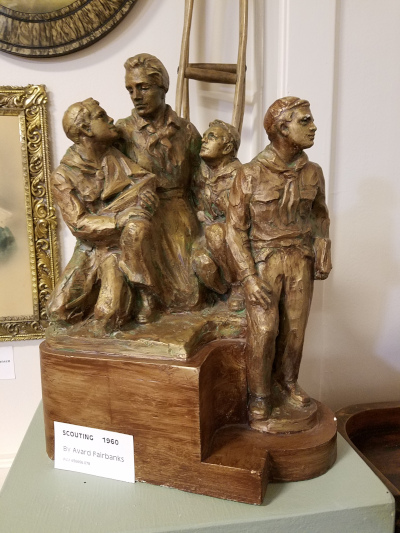
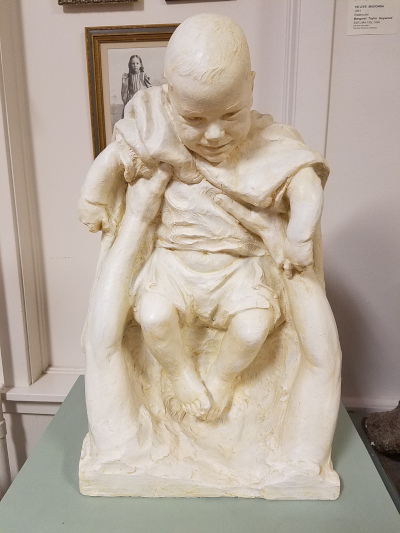
Kitchen Gallery




Gallery of Industry and Commerce
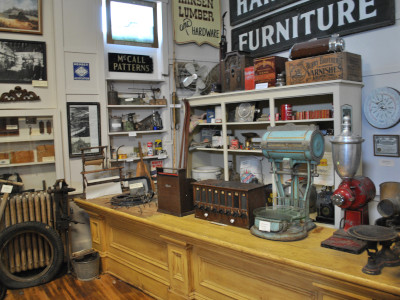
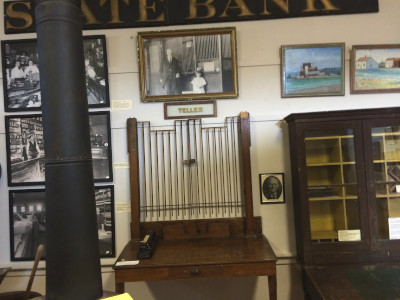
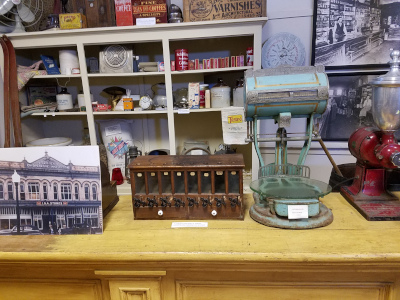
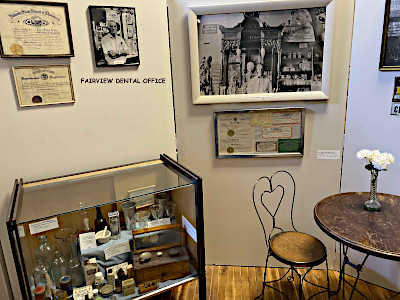
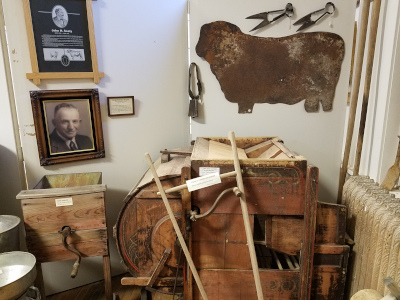
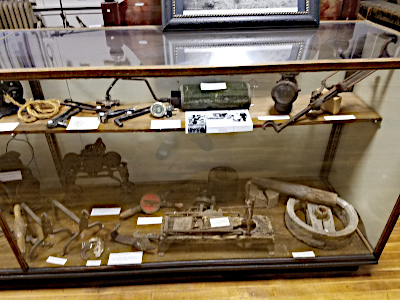
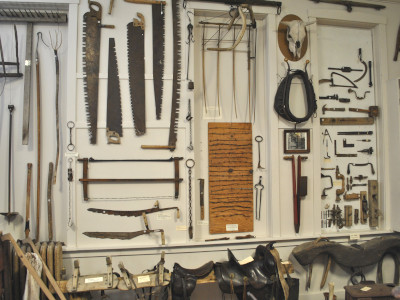

Gallery of Fashion


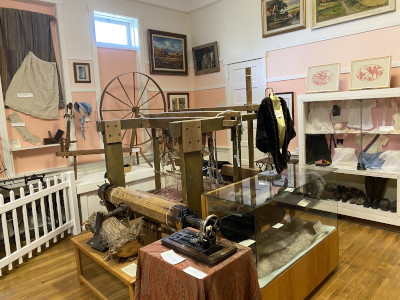

Dioramas

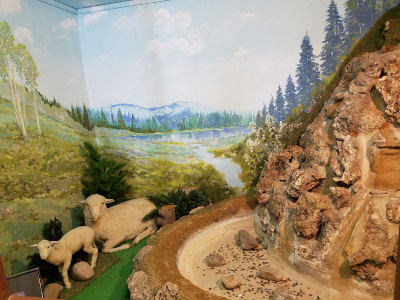
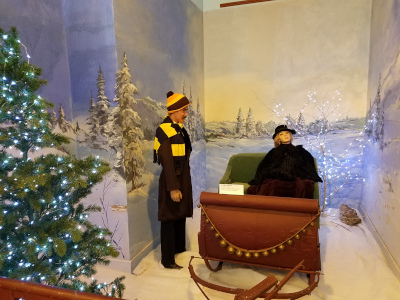
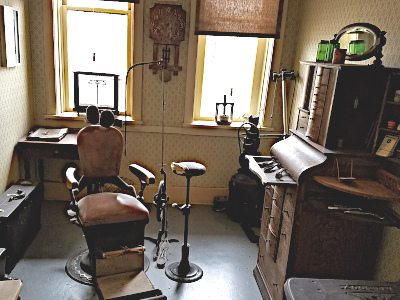
Other Exhibits
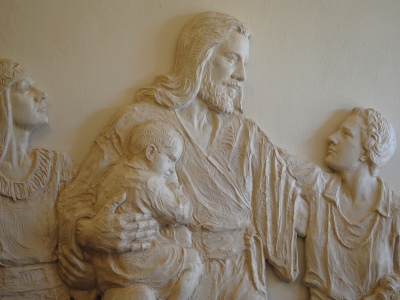
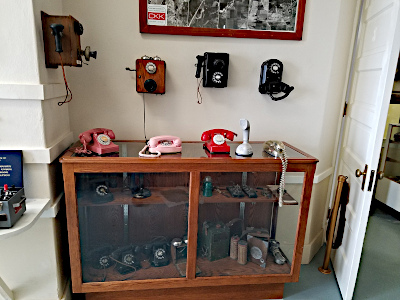
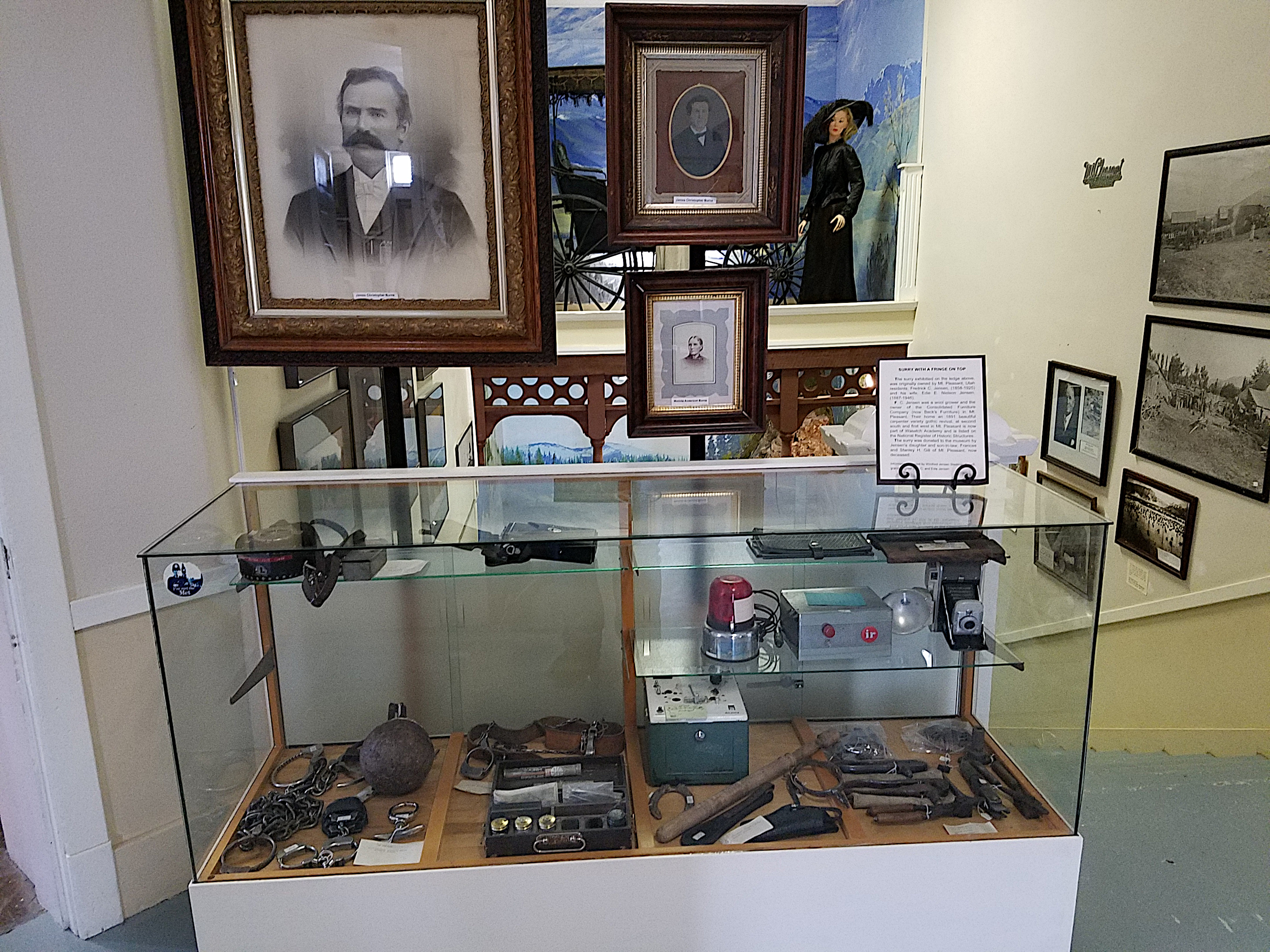
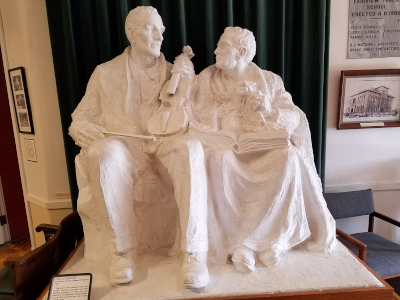
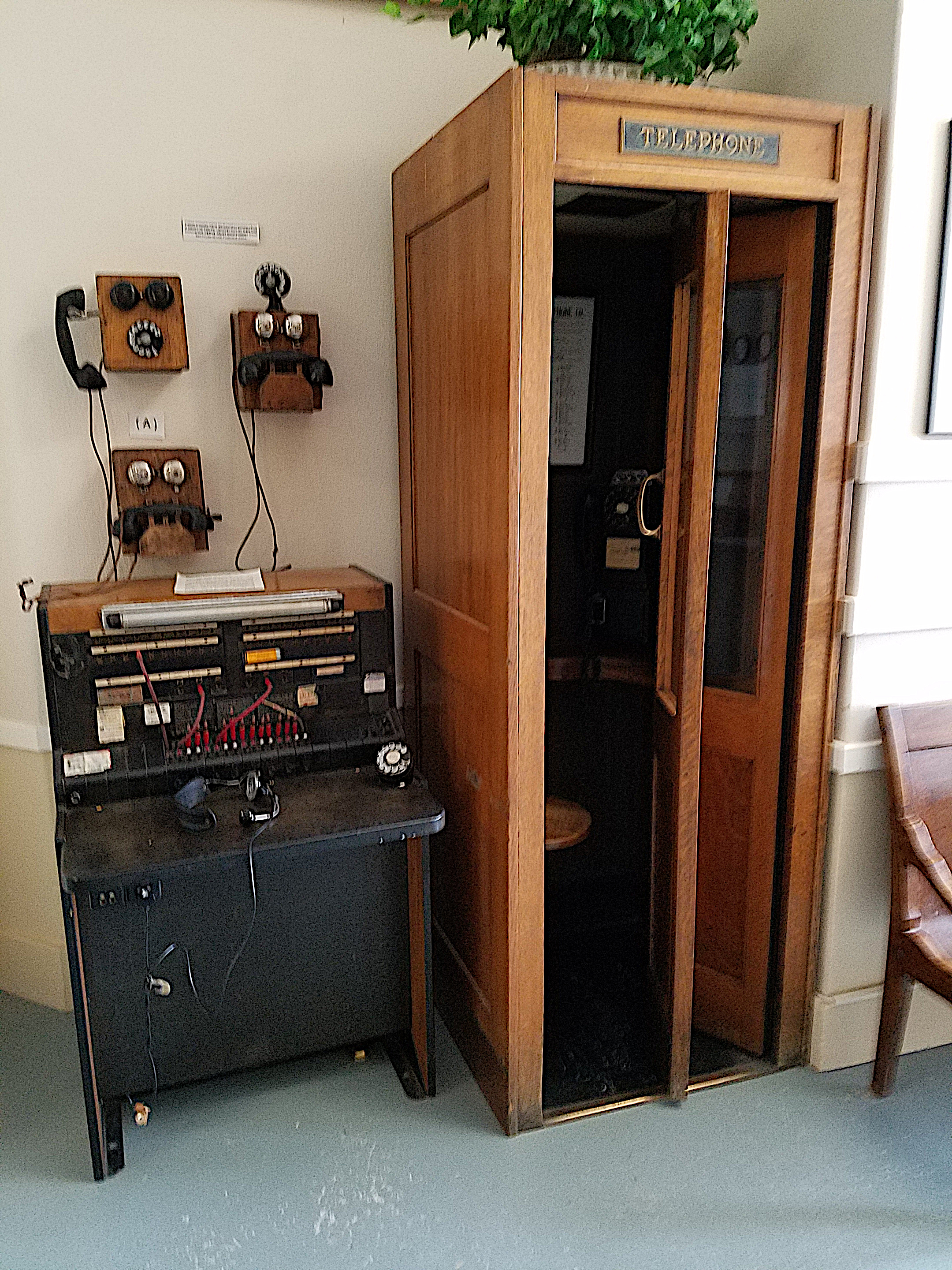
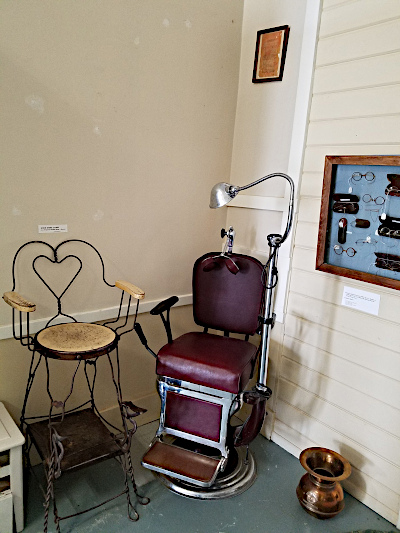


History
When the North Sanpete School Board decided to close the old sandstone elementary school, built in 1900, which had for years provided the educational foundation for Fairview's children, the community was divided on what should be done with the old building. Some were in favor of razing the structure, while others believed the building could be used for other purposes.
In 1962 Avard Fairbanks, a sculptor of international renown whose daughter-in-law had lived in Fairview, leased the building as a workshop and display gallery for his sculptures. Fairbanks abandoned the project after a year, but left a number of sculptures in the building.
Shortly thereafter, Fairview City purchased the building from the school district for a dollar. But, finding that the deed specified that the building be used for "cultural purposes," the city was unable to use it as planned. The city finally decided to divest itself of the encumbrance by offering the building to the highest bidder.
Fairview citizens Golden G. Sanderson and Lyndon Graham, desiring to preserve the building as well as the Fairbanks art, made an offer and purchased the building with the aim of turning it into a museum. Together with a few other citizens, Sanderson and Graham formed the Fairview Museum Corporation in 1966.
Graham, who had earned an artistic reputation for his beautiful miniature carvings, added many of his artworks to the collection.
Sanderson, who was named curator and president of the board, spent the remainder of his lifetime collecting artifacts to preserve the memory of 19th and 20th century rural life. There are now over 2,000 such artifacts on display in the museum. Most were used in the homes, shops, and fields of the early settlers of the Sanpete valley.